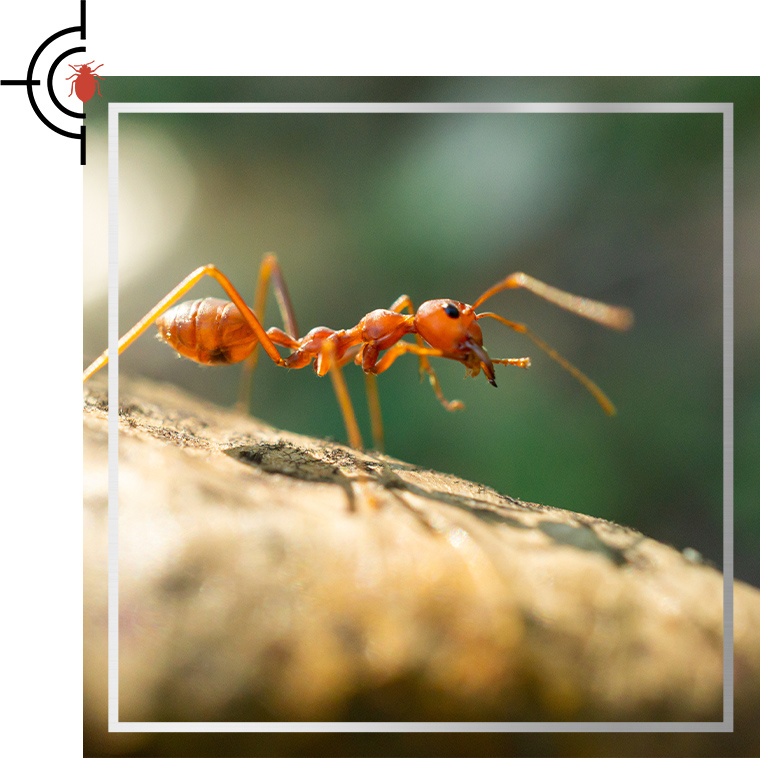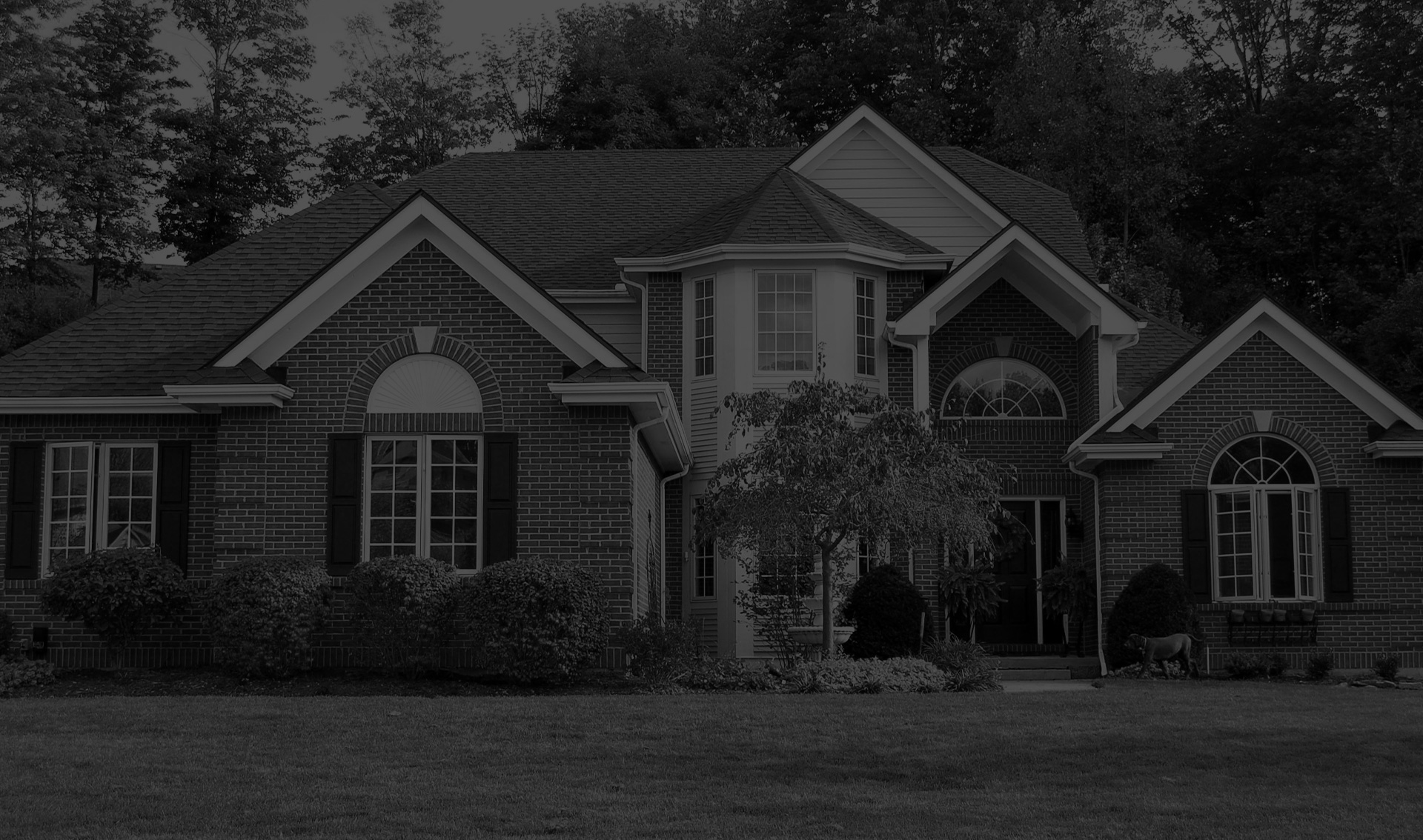
Ant Information & Biology
Learn More About Ants
Ants are social insects that live in colonies and are divided into three main castes: workers, queens, and males. Ants pass through four stages of development: egg, larva, pupa, and adult.
- Workers: The workers have no wings and are the largest caste group. Their job is to tend to the queen, eggs and young, expand and repair the nest, forage for food and defend the colony.
- Queen: Some ant species have one queen (monogyne) while others have multiple queens (polygyne.) Ant queens are the focal point of the colony and are defended aggressively by the workers. They are born with large wings which she will remove after mating. Queens have a large abdomen that can expand for egg production.
- Males: Male reproductive ants also have large wings and larger bodies than worker ants. Males wander around the nest most of the time and do not contribute to any duties except waiting to mate with a female. Males do not survive very long after mating.

Frequently Asked Questions
Still have questions or can't find the answer you need? Give us a call at 877-665-2667 today!
-
What types of ants are common in New England?
New England is home to several ant species, including carpenter ants, odorous house ants, and pavement ants. Each species has unique behaviors and nesting habits, which can affect how we approach their control.
-
Do you offer any guarantees for your services?Absolutely! We stand behind our work and offer a satisfaction guarantee. If pests return after our treatment, we will return to address the issue at no additional cost.
-
How can I tell if I have an ant infestation?
Signs of an ant infestation include seeing ants in your home, finding ant trails, or discovering nests in or around your property. If you notice these signs, it's important to act quickly to prevent further issues.
-
What should I do if I see pavement ants in my home?If you spot ants, it's important to act quickly. Identify their entry points and food sources, and consider contacting Pest Assassins for a thorough inspection and treatment plan.
-
What types of pests do you handle?At Pest Assassins, we manage a wide range of pests including ants, termites, rodents, bed bugs, and more. Our team is trained to identify and eliminate any pest problem effectively.
-
Are your pest control methods safe for my family and pets?At Pest Assassins, we prioritize safety. Our pest control methods are designed to be effective while minimizing risks to your family and pets. Our specialists are trained to apply treatments in a way that minimizes any risk.
Common Ants Found In Local Homes
Learn how to effectively manage ant infestations outside your home in Rhode Island or Massachusetts, and discover which areas of your property are most vulnerable.
Carpenter Ant Biology And Information
Carpenter Ant Description:
- Can be exceptionally difficult to control requiring multiple treatment techniques and services.
- Most common species in the Northeast is the Black Carpenter Ant (Camponotus pennsylvanicus) but they may also be red, brown or a mix of all of the colors.
- Carpenter ants are polymorphic which means they can range in size depending on what their role is in the colony. Just because some might be small doesn't mean they're not carpenter ants.
- Prefer moist wood (i.e. leaking windows, where porches or decks meet the house, damp basements, etc.) to set up satellite nests. These satellite nests will be used for egg storage and food storage while the main colony often still exists outside.
- They eat the same types of food we do (proteins, sugars, etc) and although they don't eat wood like termites do, their damage can be just as significant.
- As they carve out their "galleries" in the wood, they clean out the resulting sawdust, often times mixing it with body parts from dead ants of the colony.
- Can easily overwinter inside of a home if their nest is given ample time to mature and secure a weather-proof area to protect themselves.
- Carpenter ants are active year-round and can be found both indoors and outside.
Control Advice
Carpenter Ants can be hard to control. These ants generally have a parent and several satellite colonies. In the spring, be sure to remove any wood and decaying vegetation from the foundation of the property. Remove nesting sites such as tree stumps and dead limbs. Seal up any leaks or cracks and make sure rain gutters are directed away from the home.
Our Solution
Carpenter Ant control begins with a thorough inspection of your property to identify nesting sites, satellite areas and favorable conditions causing their infestation. In the last few years advances in pest control technology including Carpenter Ant treatments have led to better bait products as well as undetectable liquid products. These newer and more efficient treatments allow Carpenter Ants to introduce these insecticides to other colony members by normal contact and food exchange, thus controlling the entire population.






